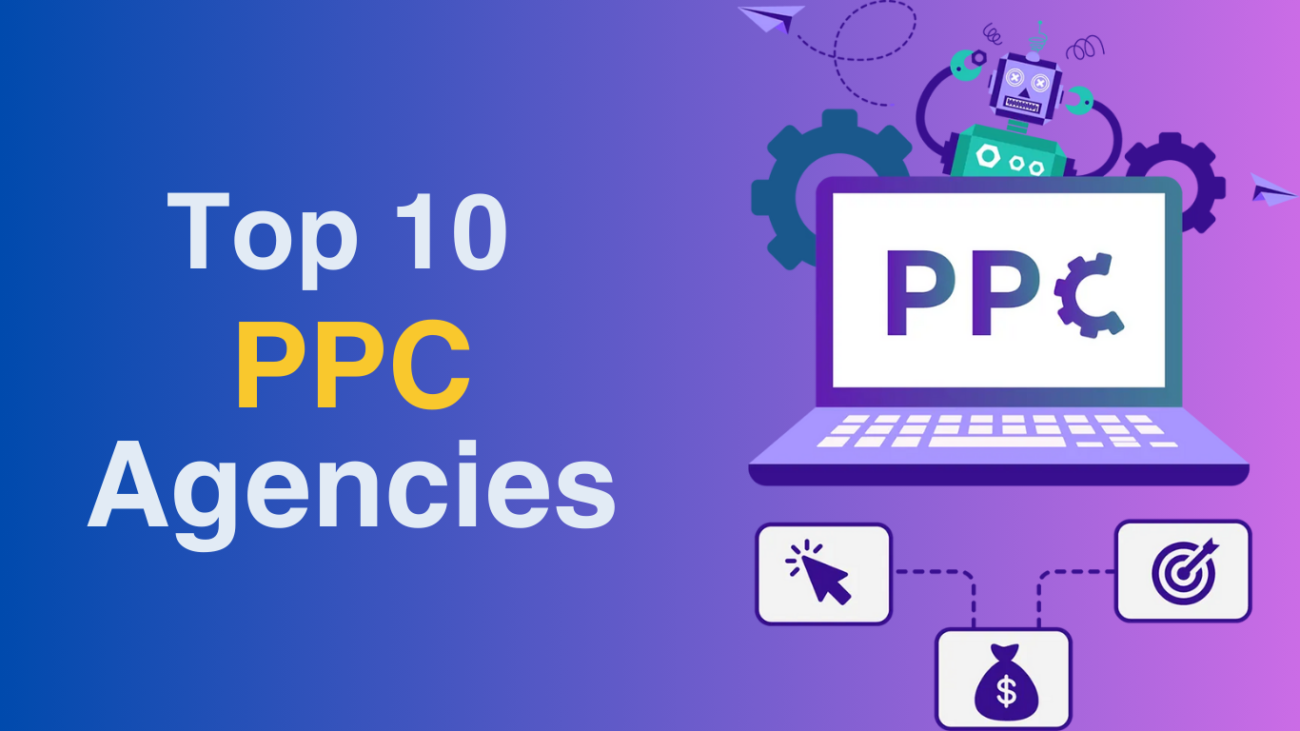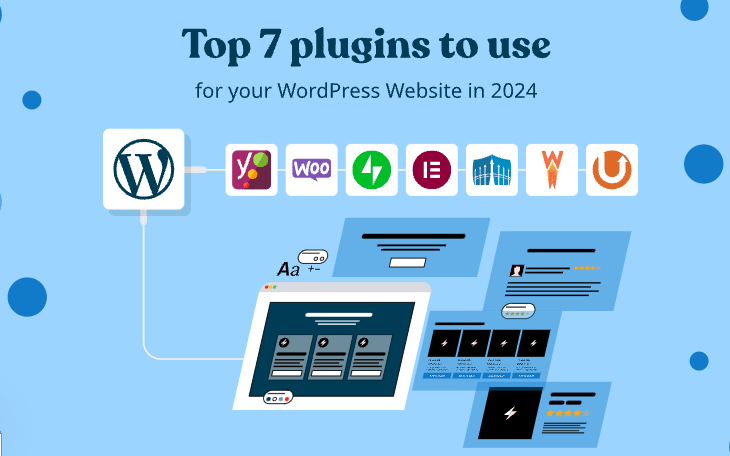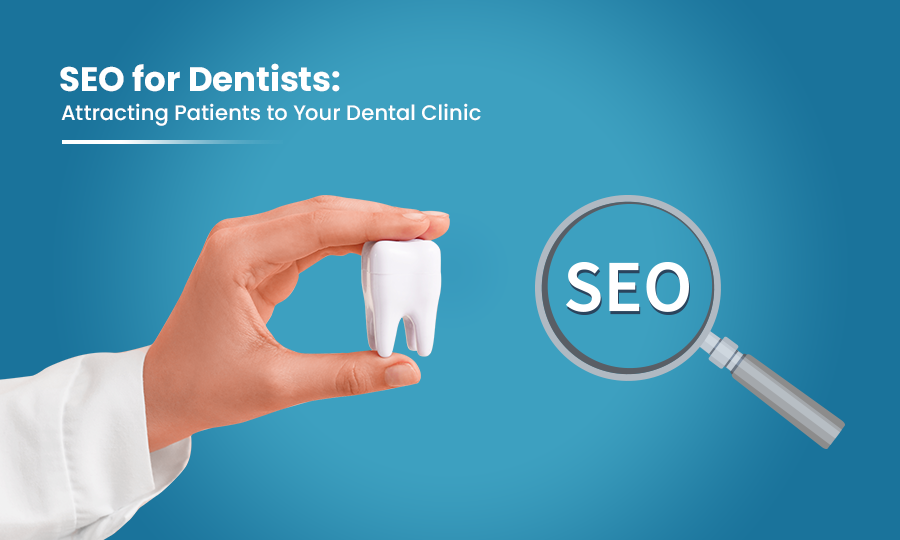In today’s digital landscape, businesses are constantly looking for ways to stand out, build credibility, and convert visitors into loyal customers. One of the most powerful tools for achieving these goals is content. High-quality, relevant content has the ability to inform, educate, and build trust with your audience, which ultimately leads to increased conversions. Whether you’re running an e-commerce store, a service-based business, or a blog, creating content that fosters trust is essential. Let’s dive into seven key ways to build trust and drive conversions with content.
1. Provide Valuable and Informative Content
The foundation of building trust is to provide value to your audience. Content that is useful, relevant, and informative will always be appreciated. When visitors come to your website or social media pages, they are often looking for solutions to their problems. By offering valuable insights, tips, and solutions, you position yourself as an authority in your field, which naturally fosters trust.
For example, if you run a skincare brand, producing content about the importance of skincare routines, how specific ingredients benefit the skin, or providing tips for various skin types adds value to your audience. Instead of hard selling, you’re educating, which builds long-term trust and credibility.
Pro Tip: Always ensure your content is thoroughly researched and fact-checked. Inaccurate or misleading information can erode trust quickly.
2. Showcase Social Proof
One of the most effective ways to build trust with your audience is to showcase social proof. People trust the opinions and experiences of others, especially when they’re considering a product or service. Social proof can take many forms, such as:
- Customer Testimonials: Real reviews from satisfied customers are highly persuasive. Share their experiences and stories on your website, blog, and social media channels.
- Case Studies: Case studies are a great way to demonstrate how your product or service has helped other clients achieve their goals.
- User-Generated Content: Encouraging customers to share their experiences, photos, or videos using your product builds credibility. Potential buyers are more likely to trust content generated by other users than branded content.
By regularly showcasing social proof in your content, you help to validate your brand and product, leading to increased trust and higher conversion rates.
3. Create Transparent and Authentic Content
Authenticity plays a critical role in building trust. Modern consumers are savvy, and they can tell when brands are being insincere or overly sales-focused. It’s important to be transparent in your messaging and operations. This includes being honest about your products’ benefits and limitations, clearly stating pricing information, and being upfront about any potential issues or delays.
For instance, if your product has a limitation, address it honestly and offer solutions or alternatives. This honesty may seem counterintuitive, but it fosters long-term trust. Customers appreciate brands that don’t try to hide flaws or overhype their offerings.
Additionally, showing authenticity means being real with your audience. Share behind-the-scenes content, introduce your team members, or talk about your company’s mission and values. When people feel like they know your brand, they are more likely to trust and buy from you.
4. Utilize Content Personalization
Personalized content makes your audience feel seen and understood, which is a critical element in building trust. Consumers today expect personalized experiences, and brands that deliver on these expectations are often rewarded with higher engagement and conversion rates.
By utilizing data about your audience’s preferences, interests, and behaviors, you can create content that speaks directly to their needs. For example, personalized email campaigns that recommend products based on previous purchases or browsing history can be more effective than generic messages. Similarly, personalized blog posts, product recommendations, or targeted ads resonate better with specific audience segments.
Use content management systems and automation tools to deliver the right content to the right people at the right time, and you’ll build stronger, trust-based relationships with your audience.
5. Be Consistent in Your Messaging
Consistency is key to building trust. People need to know what to expect from your brand, whether they’re visiting your website, reading your blog, or engaging with you on social media. Inconsistent messaging can confuse your audience and erode the trust you’ve built.
To ensure consistency, develop a clear brand voice and tone that aligns with your company’s values and goals. Whether you’re posting on social media, creating blog content, or sending out newsletters, your tone should be consistent across all channels.
Additionally, consistency extends to the frequency of your content. Posting regularly, whether it’s weekly blogs or daily social media updates, shows that you are active and engaged with your audience. Inconsistent posting schedules can give the impression that your brand isn’t reliable, which can hurt trust and conversion rates.
6. Leverage Expert Opinions and Thought Leadership
Establishing yourself or your brand as a thought leader in your industry is a powerful way to build trust. When people view you as an expert, they are more likely to turn to you for advice, solutions, and products.
One way to position yourself as a thought leader is by creating in-depth content on topics that matter to your audience. This could include:
- White Papers and Reports: Share your knowledge and research on industry trends, challenges, and solutions.
- Webinars and Podcasts: Hosting or participating in webinars, podcasts, or panel discussions allows you to showcase your expertise.
- Guest Blogging and Speaking Engagements: Writing guest posts on reputable platforms or speaking at industry events demonstrates authority and builds credibility.
When people see that you are a trusted voice in your field, they’ll be more likely to trust your brand and make a purchase.
7. Include Clear Calls-to-Action (CTAs)
Building trust is crucial, but ultimately, you want your content to drive conversions. One way to do that is by including clear, compelling calls-to-action (CTAs) throughout your content. Whether it’s asking your audience to sign up for a newsletter, download a resource, or make a purchase, a well-placed CTA can guide them toward the next step in their buyer’s journey.
However, your CTA should never feel forced or overly aggressive. It should be a natural extension of your content. For example, if you’re writing a blog post about the benefits of a certain product, your CTA could be a simple “Learn More” or “Get Started Today” button that leads to your product page.
Ensure that your CTAs are clear, visible, and aligned with the user’s intent. By providing a seamless and non-intrusive way for your audience to take action, you’ll see higher conversion rates without sacrificing trust.
Conclusion
Building trust with your audience through content is essential for driving conversions. By providing valuable, authentic, and consistent content, showcasing social proof, leveraging thought leadership, and personalizing your approach, you can establish strong, trust-based relationships with your customers. Over time, this trust will lead to increased engagement, brand loyalty, and, most importantly, conversions. So, start creating content that not only informs and entertains but also builds the foundation for lasting trust with your audience.
















